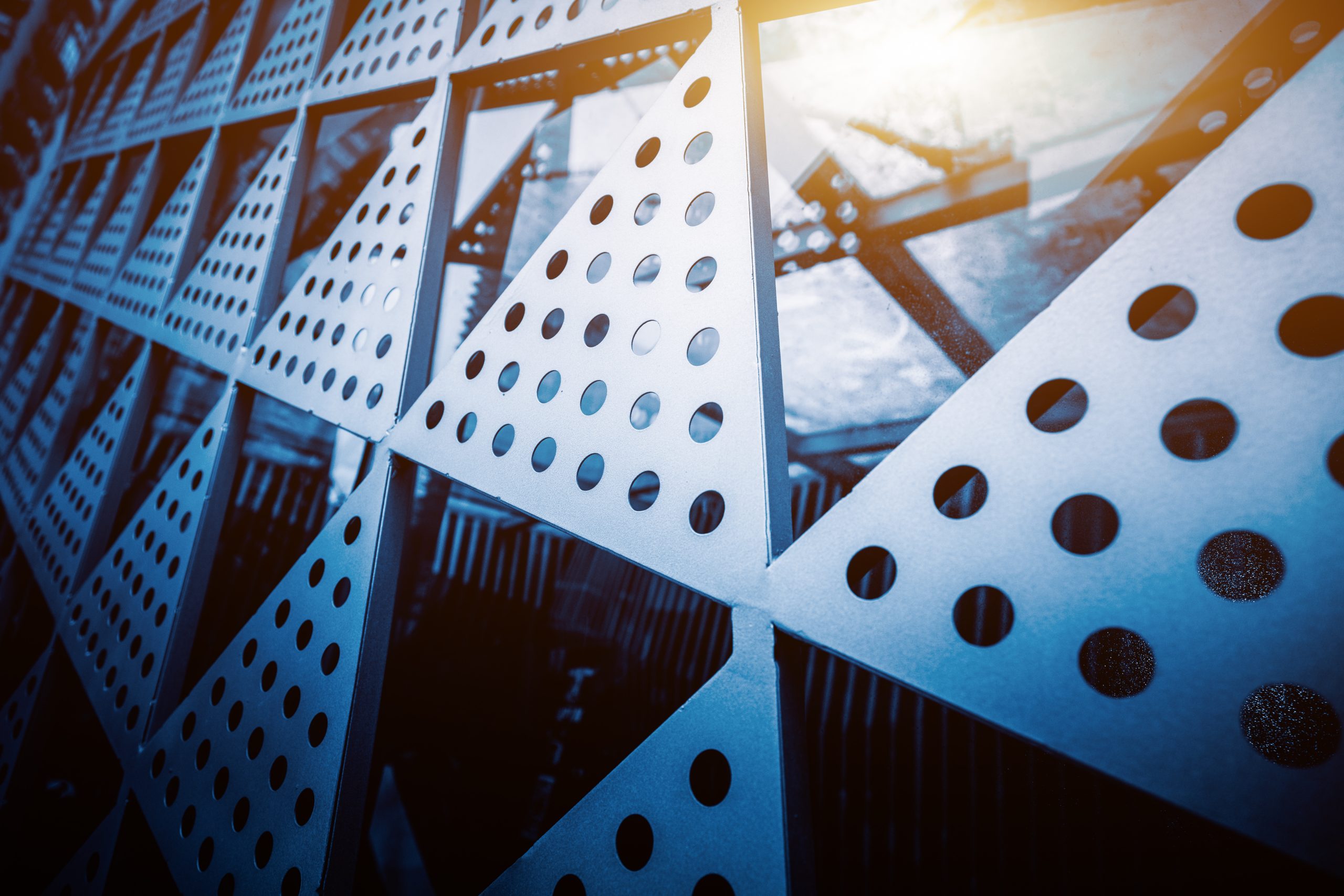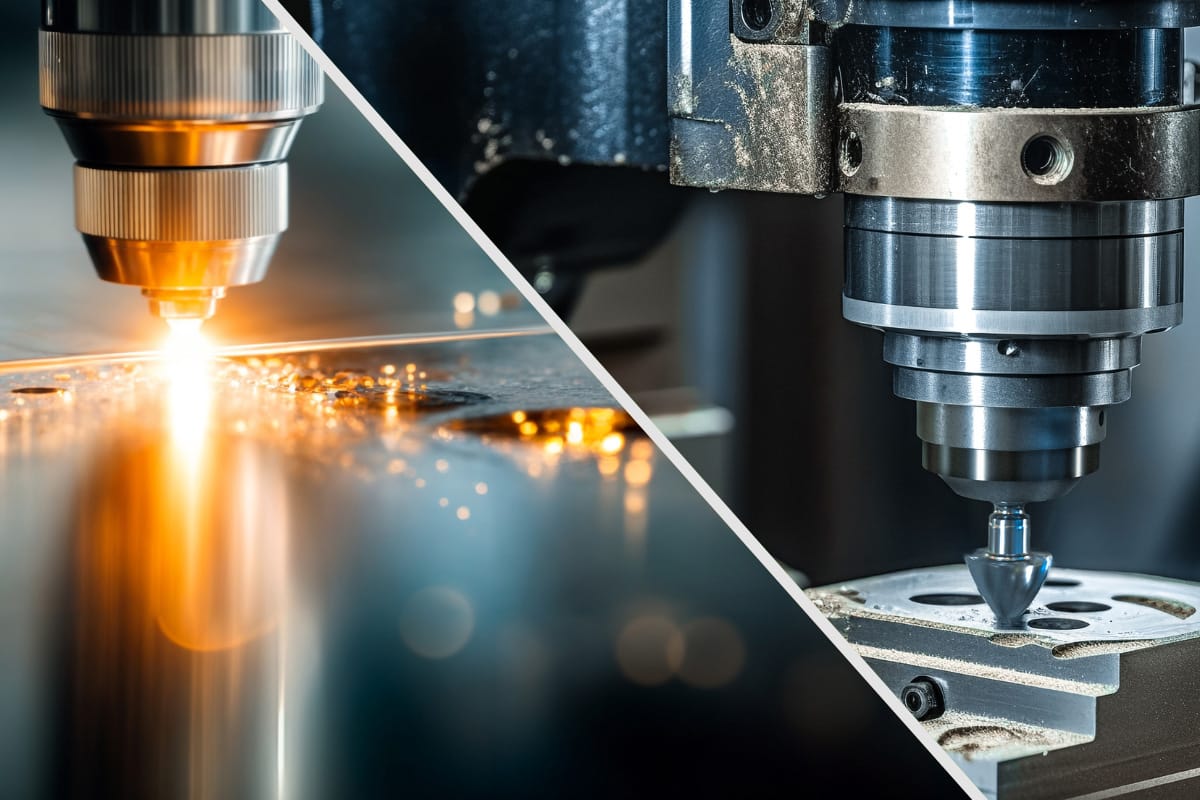Designing for custom sheet metal fabrication can be an exciting, creative, and rewarding process. The intricate art of transforming raw metal sheets into precise, functional components can fuel innovation in your industry.
For example, consider how custom sheet metal design has revolutionized the auto industry by enabling lightweight, aerodynamic car bodies that improve performance. Or, think about the sleek, durable casing of a MacBook. Its lightweight yet sturdy enclosure protects the internal components, enhances heat dissipation, and provides the high-end look and feel that Apple users expect.
Achieving optimal results in your projects means balancing functionality, cost-efficiency, and manufacturability while maintaining quality and reliability. Whether you’re a seasoned engineer familiar with the ins and outs of metal design or a newcomer eager to learn, these essential design tips will help guide your projects to success.
1. Material Selection Matters
The foundation of any custom sheet metal project starts with selecting the right material. Different metals offer unique benefits—aluminum is lightweight and corrosion-resistant, making it ideal for applications requiring mobility or exposure to the elements. Stainless steel, on the other hand, is perfect for projects demanding high strength and durability.
Key Considerations:
- Application needs. Will your project be exposed to moisture, high temperatures, or corrosive environments?
- Budget constraints. Premium materials come at a cost. Ensure your choice aligns with project budgets without compromising essential features.
2. Design for Manufacturability (DFM)
One of the most impactful practices in custom sheet metal fabrication is ensuring your design is manufacturable from the start. Overly complex designs can lead to production delays, higher costs, and potential errors.
Top Tips for DFM:
- Simplify geometry. Reduce unnecessary complexity in shapes to make production easier.
- Consider bend radius. A common mistake is neglecting the correct bend radius. Ensure your design accounts for material thickness and bend allowances.
3. Tolerance and Fit
Setting the right tolerances is vital for seamless assembly and functionality. While DFM considerations touch on tolerance to some extent, this section will focus specifically on aligning and fitting components for optimal performance.
For Effective Tolerance Management:
- Match tolerances to fabrication capabilities. Align your expectations with what your fabricator can realistically achieve.
- Don’t over-specify. Keep your tolerances to a minimum where possible. Over-specifying can increase costs and lead times.
- Plan for assembly. Ensure all parts fit together smoothly by coordinating tolerances across different components.
4. Choose the Right Joining Methods
Joining sheet metal components can be done in several ways, from welding to riveting and bolting. The right method depends on the project’s requirements and the desired durability.
Best Practices:
- Welding. For a seamless and strong bond, design with weld access in mind. Account for the type of welding your project requires, like TIG or MIG).
- Riveting and bolting. These methods are excellent for projects needing easy disassembly. Design with proper spacing and hole sizes to maximize strength and performance.
5. Remember Surface Treatments and Finishing
Surface treatments can elevate your project from good to great. They enhance the visual appeal while adding protective benefits such as increased durability and corrosion resistance.
Popular Finishing Techniques:
- Powder coating. Offers a smooth, durable finish that resists chipping and scratching.
- Anodizing. Great for aluminum projects to enhance corrosion resistance and add color.
- Plating. Adds an additional layer of metal for better wear resistance.
Design Tip: Plan for your finishing process early to ensure it doesn’t interfere with dimensions or assembly.
6. Strategic Cost Management
Custom sheet metal fabrication is an investment in quality and innovation. Ensuring cost-efficiency doesn’t mean cutting corners; it means making strategic design choices that enhance value without compromising quality.
Tips for Cost Efficiency:
- Optimize material utilization. Use efficient layouts and choose materials that offer the best performance-to-cost ratio for your project needs.
- Focus on high-impact features. Prioritize features that enhance function, durability, or aesthetics, ensuring they contribute real value.
- Plan for long-term scalability. Approach your design with future growth in mind, which can streamline scaling and reduce overall costs in larger production runs.
7. Collaboration is King
Partnering closely with your fabricator can make a significant difference. Sharing CAD files, discussing potential challenges, and being open to their feedback can improve the design and streamline the manufacturing process.
Collaboration Tips:
- Communicate early. Engage your fabricator during the design phase for input on optimizing manufacturability.
- Use collaborative tools. Digital tools and platforms make it easier to share files and update designs quickly.
Partner with IMS for Superior Custom Fabrication
Designing for custom sheet metal fabrication requires a thoughtful approach that balances efficiency, cost, and quality. Leveraging the right materials, ensuring manufacturability, and partnering closely with skilled fabricators are essential steps to achieving exceptional results. Custom projects offer an opportunity to create tailored solutions that push the boundaries of innovation while maintaining reliability and performance.
At IMS, we pride ourselves on being a trusted partner for all your custom sheet metal fabrication needs. Our commitment to precision, collaboration, and quality ensures your project exceeds your expectations.
Ready to bring your vision to life with expert support and industry-leading capabilities? Contact IMS today to discuss your next project!




